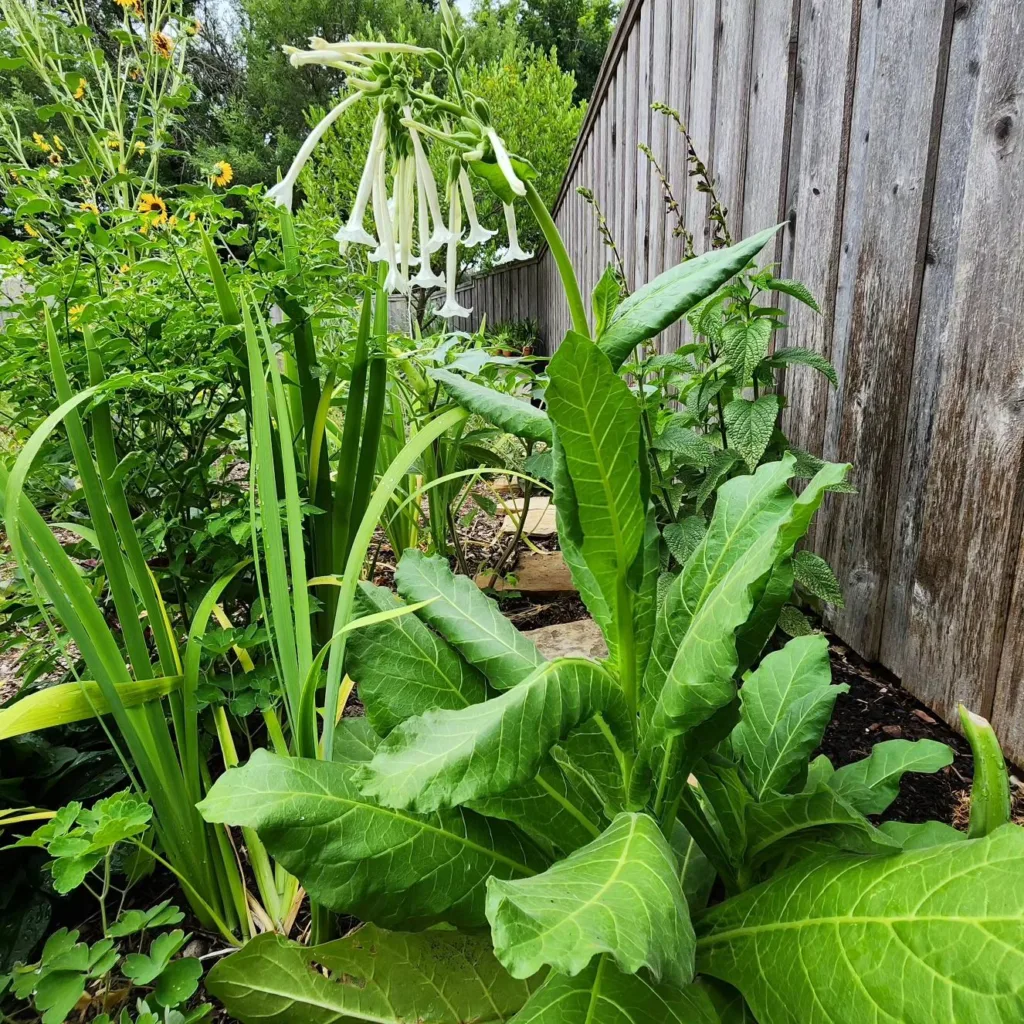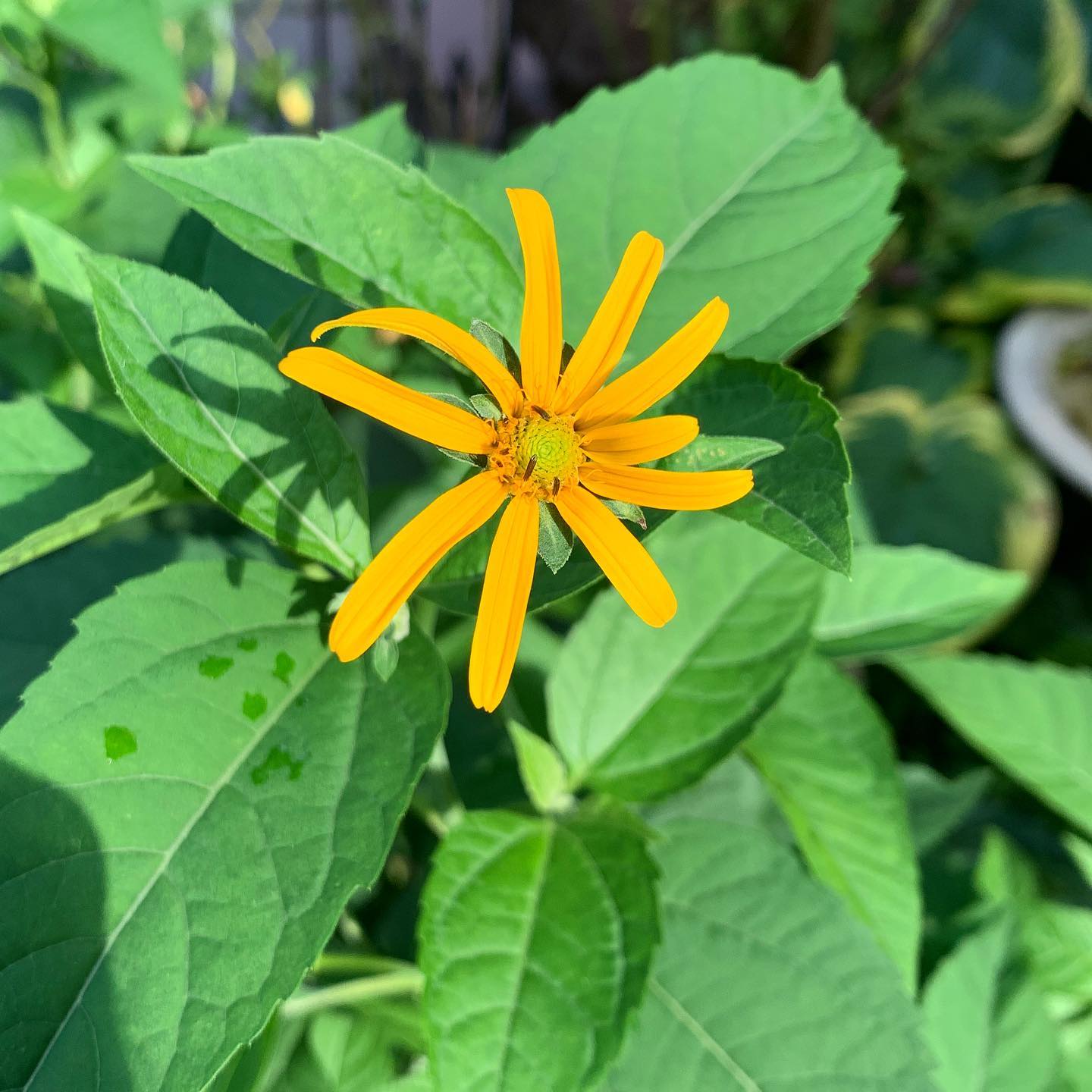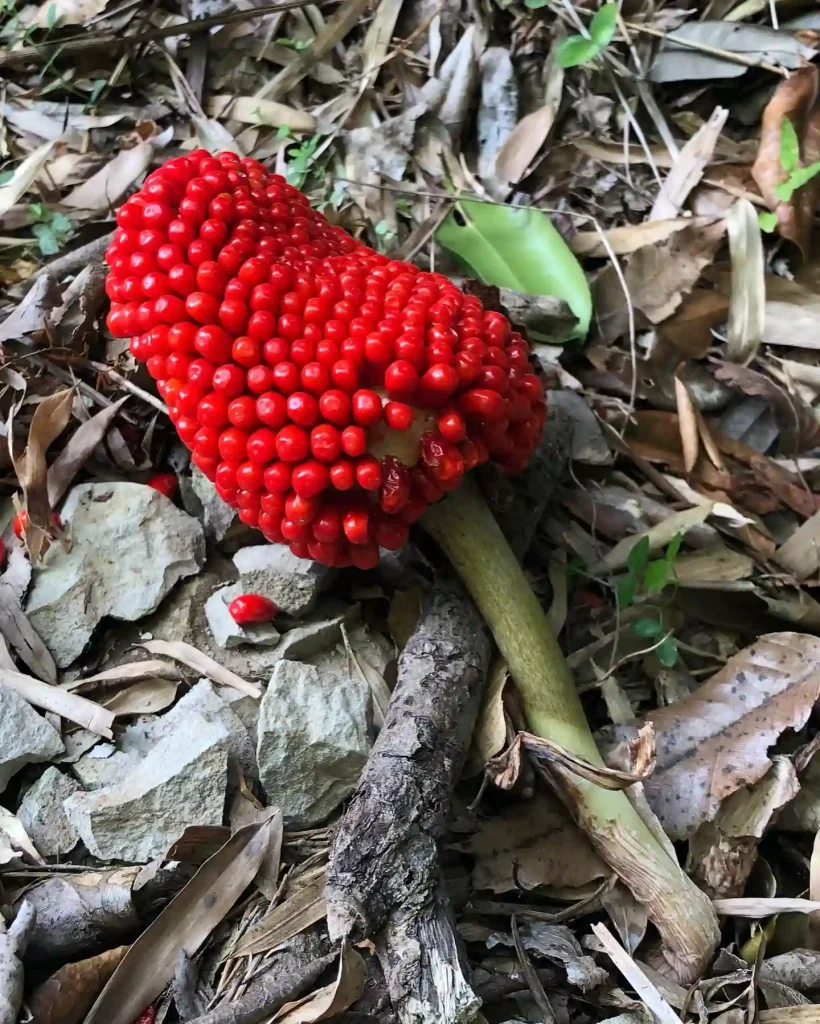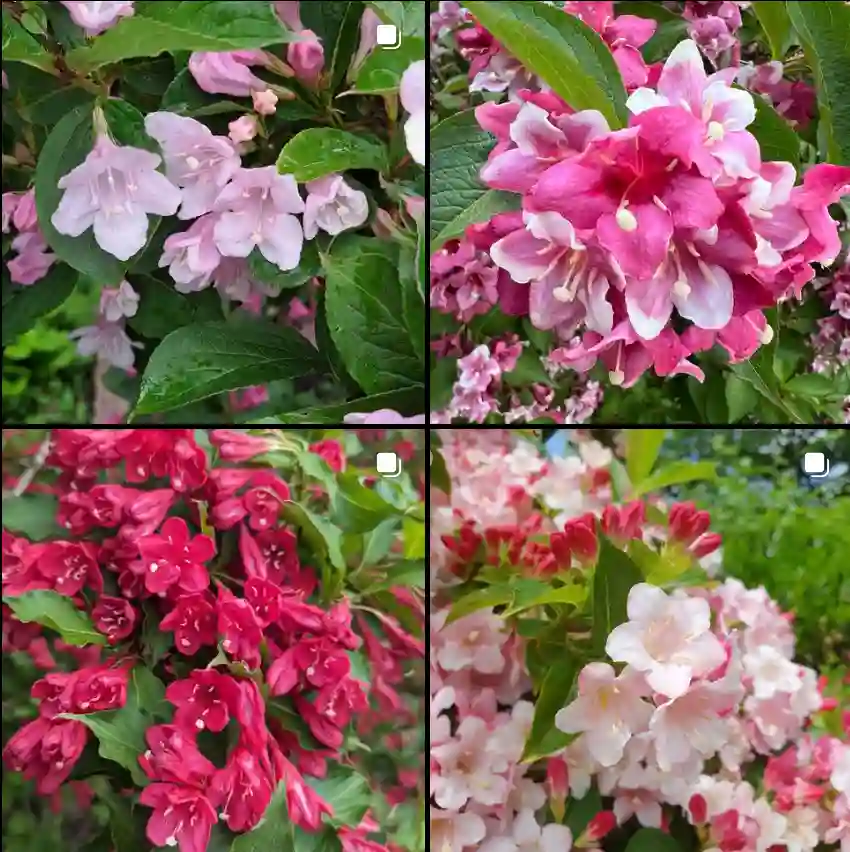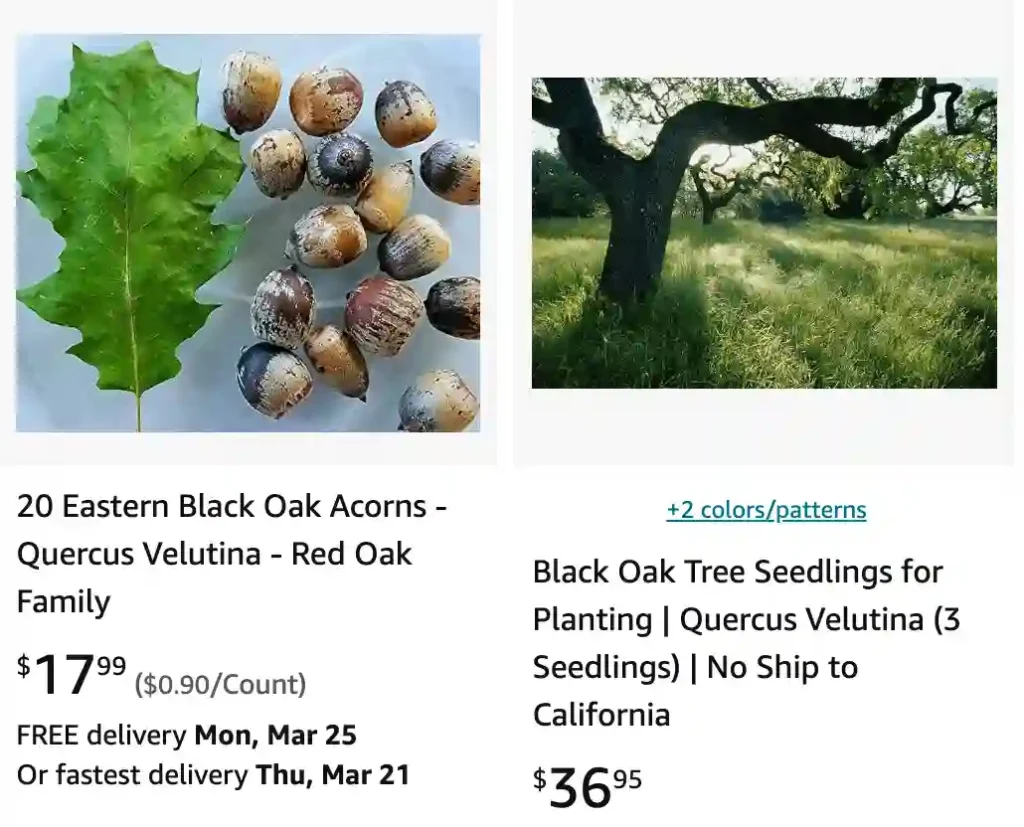
What is Quercus Velutina?
As a lover of all things green and growing, I’ve always been captivated by the majesty of trees. They provide shade, purify the air, and offer a habitat for countless creatures. But lately, my attention has been particularly drawn to the Quercus Velutina, or the Black Oak. This stunning native North American tree isn’t just visually striking; it’s also an ecological powerhouse.
The Black Oak is a member of the red oak group, readily identifiable by its impressive size. Reaching heights of 50 to 80 feet with a spreading crown, it dominates the landscape. Its bark, the namesake of the tree, matures to a nearly black color with a distinctive yellow inner bark.
657 Species in Genus Quercus
In spring, the Black Oak produces inconspicuous male catkins and short female spikes that later develop into acorns. These acorns are a vital food source for wildlife, from squirrels and deer to jays and turkeys.
But perhaps the most captivating feature of the Black Oak is its foliage. The leaves, deeply lobed with a glossy sheen, transition from a vibrant green in summer to a fiery display of yellow, orange, or even red in fall. This seasonal spectacle adds a touch of magic to any landscape.
Quercus Borealis vs Quercus Velutina
I’ve found Quercus Borealis to be a bit less resilient in my area compared to Quercus Velutina, which handles my soil conditions and weather much better, showing more vigorous growth.
Quercus Velutina vs Quercus Acutissima
Between Quercus Velutina and Quercus Acutissima, I’ve had a mixed experience: while Acutissima has been a standout for its rapid growth, Velutina’s more subdued and steady development suits my landscape better.
Quercus Velutina vs Quercus Coccinea
Quercus Velutina and Quercus Coccinea have given me quite different experiences—Velutina’s rich foliage and adaptability won me over, but Coccinea’s stunning fall color makes it a seasonal favorite.
Is Quercus Velutina Toothed?
This is a question I pondered for a while. The answer depends on the interpretation of “toothed.” The Black Oak leaves do have lobes, sometimes deeply cut, which could be mistaken for teeth. However, unlike some oak species with serrated edges, the Black Oak’s lobes are smooth. So, while not technically toothed, the Black Oak’s leaves definitely have a distinctive lobed appearance.
How to plant and care for Black Oak?
The Black Oak is a magnificent addition to any landscape, but it’s important to remember that it’s a long-term investment. These trees can live for centuries, so ensure you have ample space for its future growth.
Here’s what you need to know about caring for your Black Oak:
- Sunlight: Black Oaks thrive in full sun, needing at least 6-8 hours of direct sunlight daily.
- Soil: They prefer well-drained, slightly acidic soil. Amend your soil if necessary to meet these requirements.
- Watering: Young Black Oaks require regular watering, especially during the first few years. Once established, they are quite drought-tolerant.
- Pruning: While minimal pruning is necessary, you can remove dead or diseased branches and shape the young tree in the first few years to achieve a desired form.
A Haven for Wildlife: The Black Oak’s Ecological Importance
The Black Oak plays a crucial role in maintaining a healthy ecosystem. Its acorns, a valuable food source for numerous animals, contribute to a diverse wildlife population. Additionally, the Black Oak provides shelter and nesting sites for birds and other creatures.
Furthermore, the Black Oak’s deep root system helps prevent soil erosion and promotes water infiltration. This, in turn, improves water quality and reduces flooding risks. Overall, the Black Oak is a keystone species, meaning its presence significantly impacts the surrounding ecosystem.
What to Plant with Your Black Oak?
While the Black Oak can stand alone as a majestic specimen, it can also be integrated into a diverse landscape. Here are some ideas for companion plants:
- Understory shrubs: Dogwood, viburnum, or azaleas can add color and texture to the lower levels.
- Perennials: Wildflowers like columbine, phlox, or bee balm can attract pollinators and create a vibrant meadow effect.
- Other trees: Oaks can be surprisingly tolerant of other trees as long as they receive sufficient sunlight. Consider shade-tolerant options like Eastern Redbud or American Holly.
Remember, when choosing companion plants, ensure they have similar light and soil requirements as the Black Oak.
The Black Oak (Quercus Velutina) is more than just a beautiful tree. It’s a testament to nature’s enduring strength and a vital component of a healthy ecosystem. By planting and caring for this magnificent species, you’re not just adding beauty to your landscape; you’re contributing to a thriving natural world. So, if you have the space and time for a long-term commitment, consider welcoming a Black Oak into your life. You won’t be disappointed.
If i die, water my plants!
